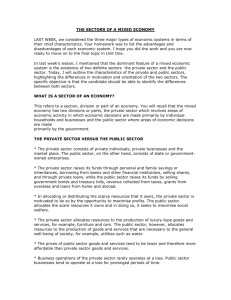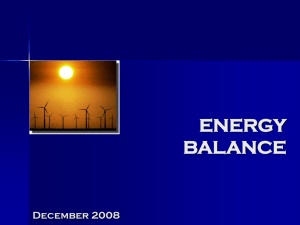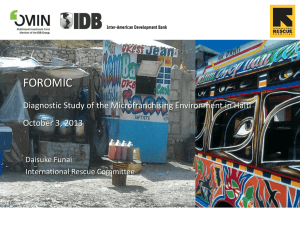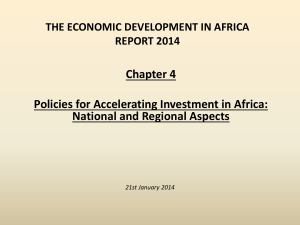Zones and Sectors
advertisement
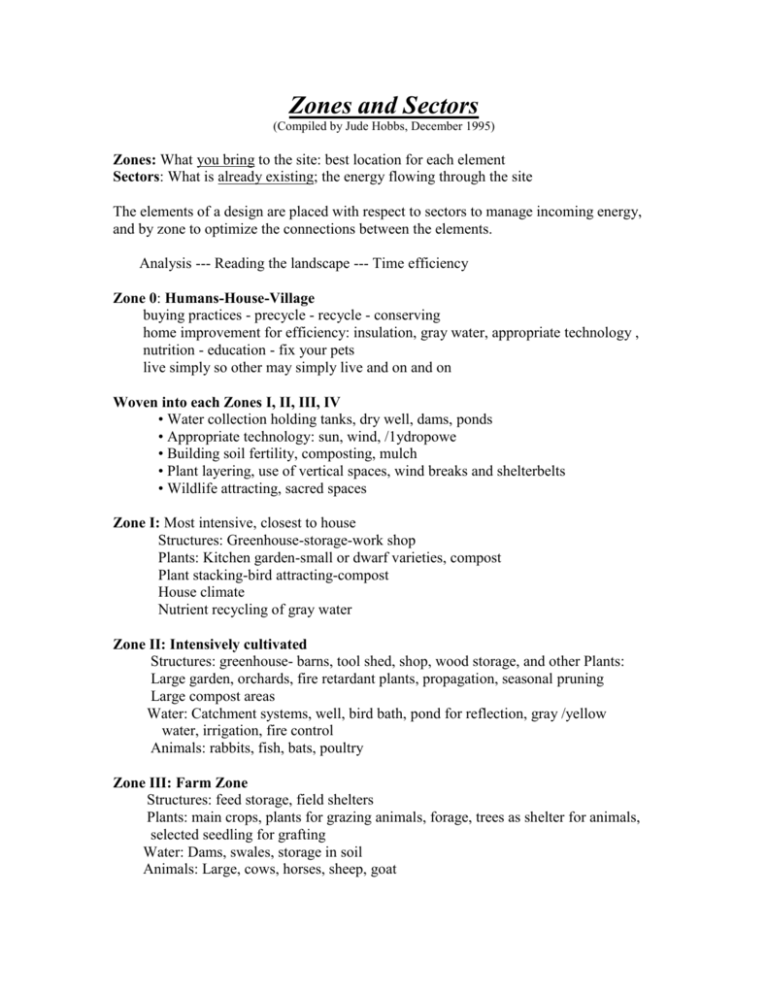
Zones and Sectors (Compiled by Jude Hobbs, December 1995) Zones: What you bring to the site: best location for each element Sectors: What is already existing; the energy flowing through the site The elements of a design are placed with respect to sectors to manage incoming energy, and by zone to optimize the connections between the elements. Analysis --- Reading the landscape --- Time efficiency Zone 0: Humans-House-Village buying practices - precycle - recycle - conserving home improvement for efficiency: insulation, gray water, appropriate technology , nutrition - education - fix your pets live simply so other may simply live and on and on Woven into each Zones I, II, III, IV • Water collection holding tanks, dry well, dams, ponds • Appropriate technology: sun, wind, /1ydropowe • Building soil fertility, composting, mulch • Plant layering, use of vertical spaces, wind breaks and shelterbelts • Wildlife attracting, sacred spaces Zone I: Most intensive, closest to house Structures: Greenhouse-storage-work shop Plants: Kitchen garden-small or dwarf varieties, compost Plant stacking-bird attracting-compost House climate Nutrient recycling of gray water Zone II: Intensively cultivated Structures: greenhouse- barns, tool shed, shop, wood storage, and other Plants: Large garden, orchards, fire retardant plants, propagation, seasonal pruning Large compost areas Water: Catchment systems, well, bird bath, pond for reflection, gray /yellow water, irrigation, fire control Animals: rabbits, fish, bats, poultry Zone III: Farm Zone Structures: feed storage, field shelters Plants: main crops, plants for grazing animals, forage, trees as shelter for animals, selected seedling for grafting Water: Dams, swales, storage in soil Animals: Large, cows, horses, sheep, goat Zone IV: Minimal Care Plants: Extensive tree culture, minimal care Forestry-woodlot, building material Forage pasture Water: dams-swales-ponds Animals: large Zone V: Natural unmanagedForaging, recreation, spiritual needs. Zone 5 provides the "instruction manual" for human systems. Sectors Sectors are Wild Energies: Influences from outside the system To show sectors, diagram a ground plan that illustrates where these energies originate, and locate appropriate plants and structures in each sector. Design elements should be moved through the sector until they best govern the energies in the sector. Elements can: 1) block or screen out an incoming energy or view; 2) channel energy for use (deflectorscollectors); 3) open up the sector for optimal use Examples of Sectors: Sun: Winter and summer sun angles, reflection from ponds Wind: Cold, hot, salty, dusty deflectors-collectors Fog Flood-prone areas and rain flow Wildfire Wildlife corridors Land forms: Slope, sunken areas Pollution: Site, sound, smell, electro-magnetic energies View: both good (a sweeping vista) and bad (a neighbor's dilapidated garage) A design component is well placed when it optimally interacts with both zone and sector energies.


